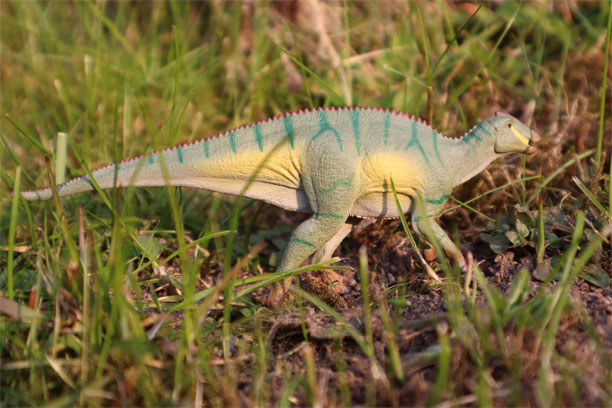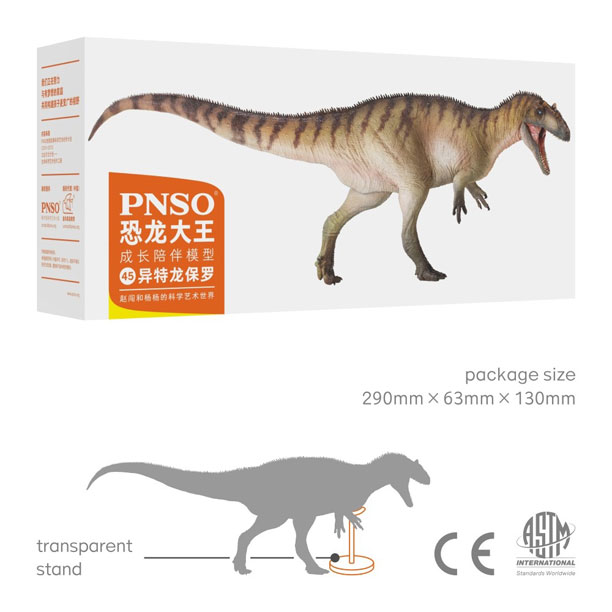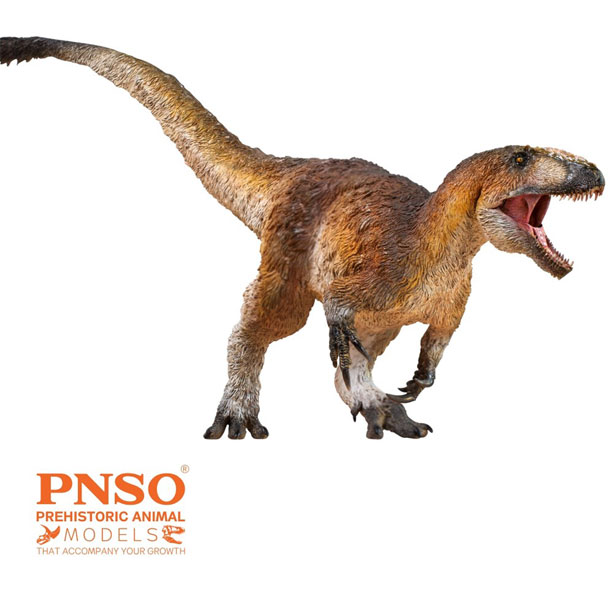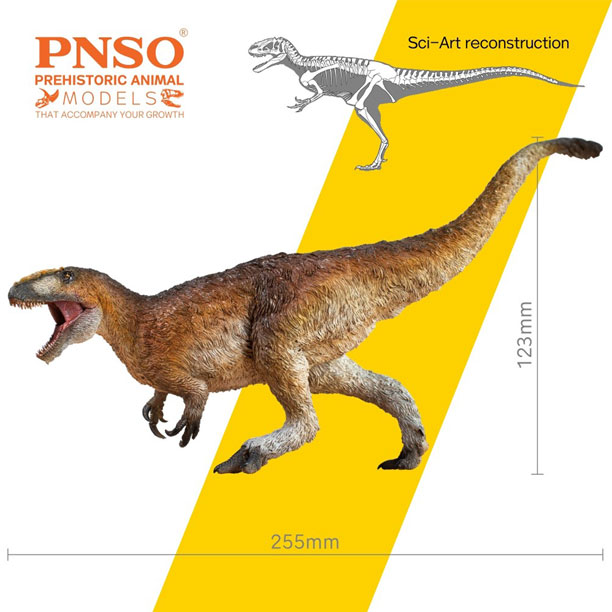Japan’s Second Hadrosaur (New Fossil Discovery)
Scientists from the Hokkaido University Museum in collaboration with colleagues from the Okayama University of Science have named a second hadrosaurid from the Late Cretaceous of Japan. Described from a partial skeleton, Yamatosaurus izanagii lived at the same time as the first duck-billed dinosaur named from Japan (Kamuysaurus japonicus), but these two dinosaurs probably did not co-exist, instead Kamuysaurus may have been restricted to more northern coastal environments whilst the newly described Yamatosaurus may have been confined to more southerly habitats.

Did the Hadrosauridae Originate in Asia or North America?
The researchers, who included Yoshitsugu Kobayashi, Ryuji Takasaki and Anthony R. Fiorillo (who wrote the scientific paper describing Kamuysaurus in 2019), plus Katsuhiro Kubota (Hokkaido University Museum), conducted a phylogenetic analysis suggesting that Yamatosaurus was a primitive member of the hadrosaur family. Intriguingly, the team also undertook a biogeographical analysis (plotting age of ornithopod fossil finds against geographical location). They conclude that basal hadrosaurids were widely distributed in both Asia and Appalachia (the landmass representing eastern North America).

Picture credit: Everything Dinosaur
The picture (above) shows a Kamuysaurus model that is in the CollectA Age of Dinosaurs Popular range.
To view this range: CollectA Age of Dinosaurs Popular Models.
In addition, the scientists postulate that the discovery of Yamatosaurus supports the theory that the sub-families of more derived duck-billed dinosaurs the Lambeosaurinae and the Saurolophinae originated in Asia and that towards the end of the Cretaceous, basal hadrosaurids such as Plesiohadros djadokhtaensis (Mongolia), Tanius sinensis (China) and Yamatosaurus (Japan) continued to thrive in eastern Asia but were extinct elsewhere.

Discovered in Marine Sediments
Amateur fossil collector Mr. Shingo Kishimoto discovered the fossilised remains in 2004, whilst exploring exposures of the Kita-ama Formation on the island of Awaji (Hyogo Prefecture). The fossil material consists of a dentary (lower jawbone), along with the surangular, neck bones, bones from the tail, cervical ribs and a coracoid plus some isolated teeth.
Although hadrosaur fossils have been found in several locations in Japan (all four main islands – Hokkaido, Honshu, Shikoku, and Kyushu), they are, with the exception of the Kamuysaurus material, highly fragmentary consisting of teeth, portions of the limbs and vertebrae, this is only the second time that a new genus of duck-billed dinosaur has been erected from Japanese fossils.
The stratum from which the Yamatosaurus material was collected consists of marine mudstones of approximately the same age (early Maastrichtian), as the sediments in which Kamuysaurus was found.

Unique Traits and Basal Characteristics
Study of the nearly complete right dentary helped the researchers to erect a new, basal hadrosaur genus. Unlike other hadrosaurs Yamatosaurus had just one functional tooth in several battery positions and no branched ridges on the chewing surfaces. This suggests that Yamatosaurus evolved to feed differently compared to other duck-billed dinosaurs.
Furthermore, the coracoid (that with the scapula would have formed the shoulder joint), shows traits linked to the movement away from a bipedal gait to becoming quadrupedal. This bone shows transitional characteristics that in later, more derived hadrosaurs, were more fully developed permitting these animals to become facultative bipeds (adopting a quadrupedal gait but able to run on their hind legs if required to do so).
To read Everything Dinosaur’s article from 2019 about the formal description of the first hadrosaur named from Japan (Kamuysaurus japonicus): Japan’s Greatest Fossil Dinosaur Gets a Name.
The scientific paper: “A new basal hadrosaurid (Dinosauria: Ornithischia) from the latest Cretaceous Kita-ama Formation in Japan implies the origin of hadrosaurids” by Yoshitsugu Kobayashi, Ryuji Takasaki, Katsuhiro Kubota and Anthony R. Fiorillo published in Scientific Reports.
Visit the Everything Dinosaur website: Everything Dinosaur.





































